The day the space dream died
Thirty years ago, the Space Shuttle Challenger exploded, killing all seven astronauts on board, and shocking a national space dream back into reality

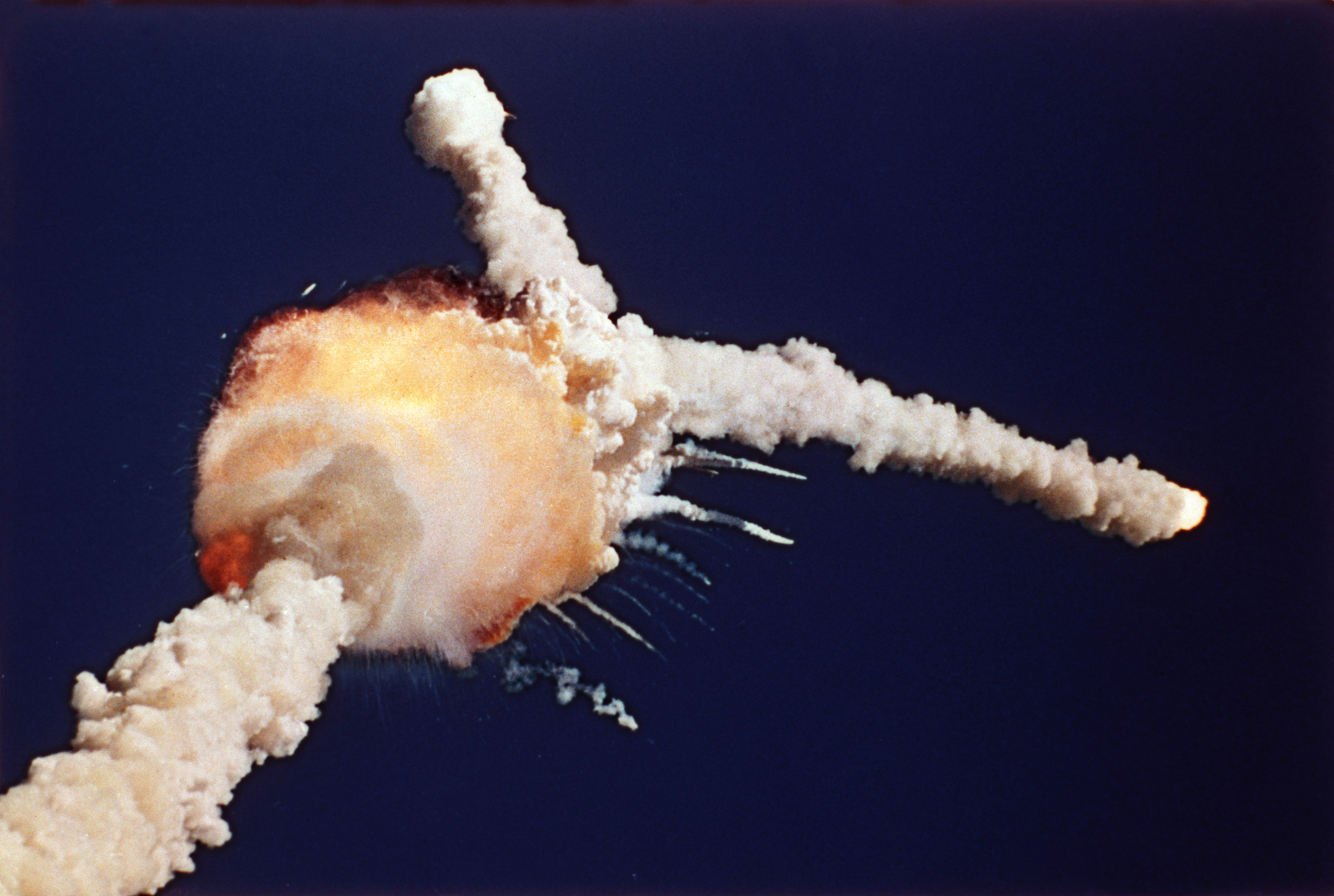
By 1986, Americans had grown used to the miraculous idea that men and women could soar into space. The NASA space program was a point of national pride, the rare government agency that provided good news and exhibited America's technological prowess.
But such blind confidence came to a tragic end on Jan. 28, 1986.
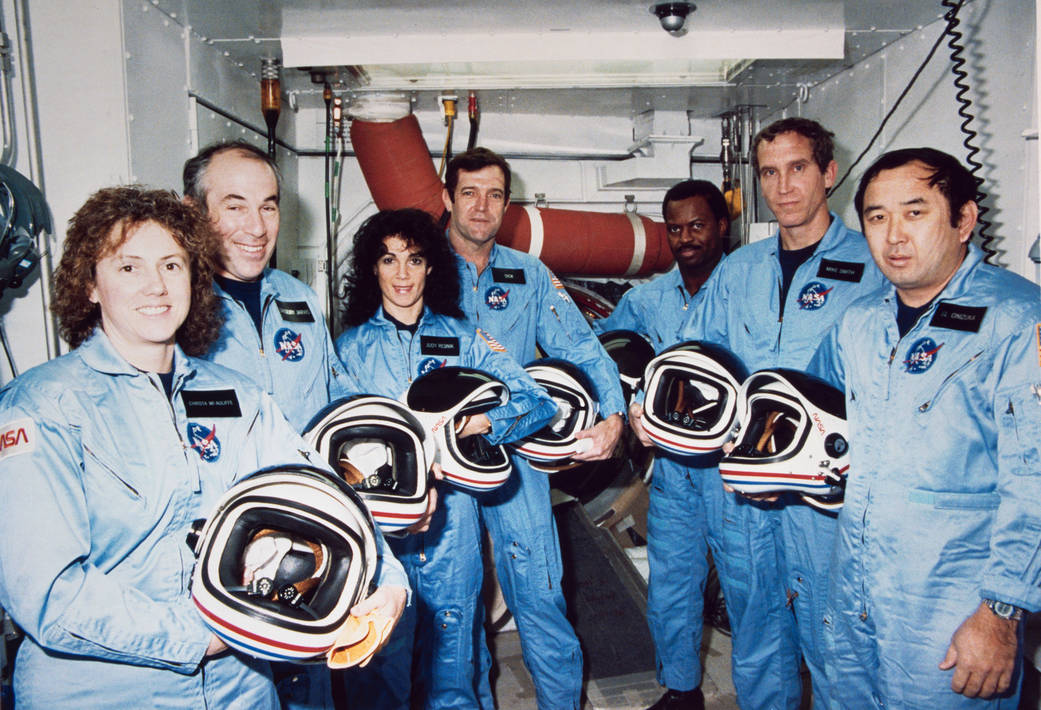
That day thousands of spectators, dressed for a cold morning, awaited the launch of Space Shuttle Challenger in Cape Canaveral, Florida. Across the country, students were being treated to a similar view thanks to NASA, which had arranged for the mission to be broadcast into hundreds of classrooms in honor of the program's first citizen astronaut, New Hampshire teacher Christa McAuliffe.
For those witnesses, looks of delight and wonder turned to horror just 73 seconds after liftoff when the shuttle tore apart in midair, killing all seven astronauts on board.
Those who missed the live event would be haunted by the eerie sight — two plumes of smoke erupting from a fireball 10 miles above ground — that would be played over and over on network television as the investigation into the disaster played out and a nation mourned.
"This was a trauma to the nation's psyche," Astronaut and former Senator Bill Nelson said of the event. Ronald Reagan canceled his State of the Union address, set for that evening, and instead tried to console a shocked public over their shared loss.
Below, a look back at the fateful day that grounded a nation's space aspirations.
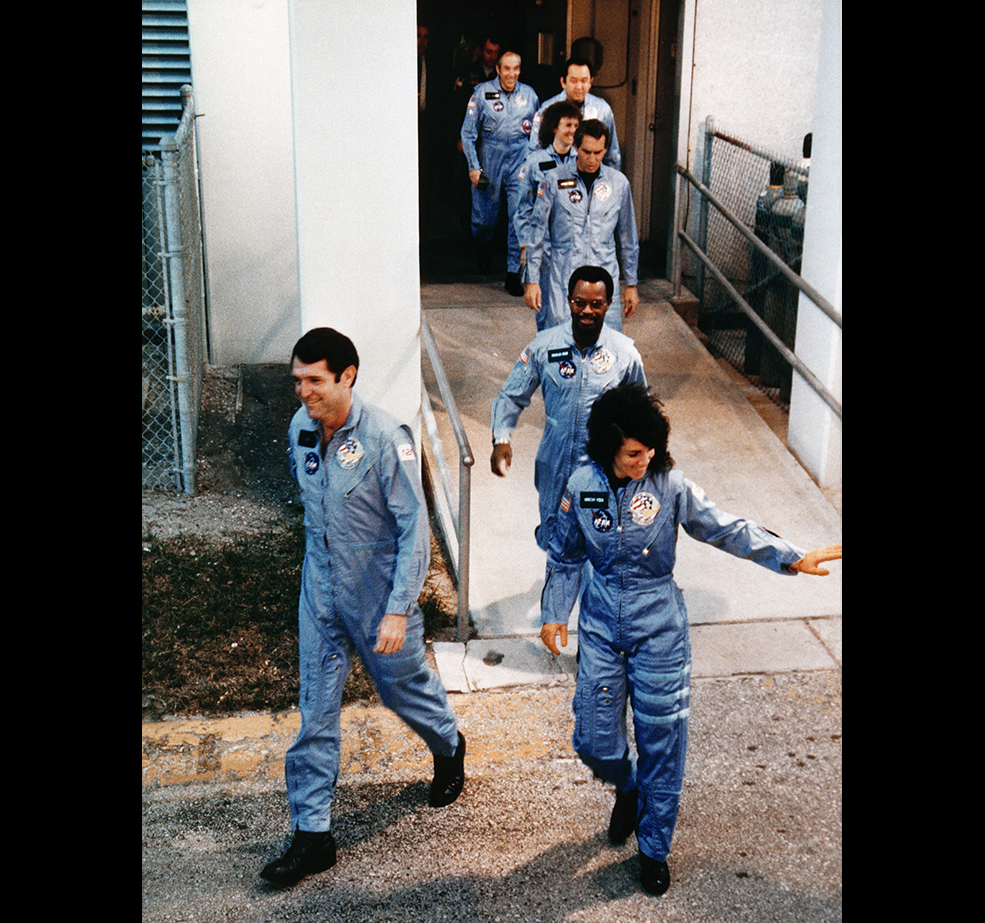
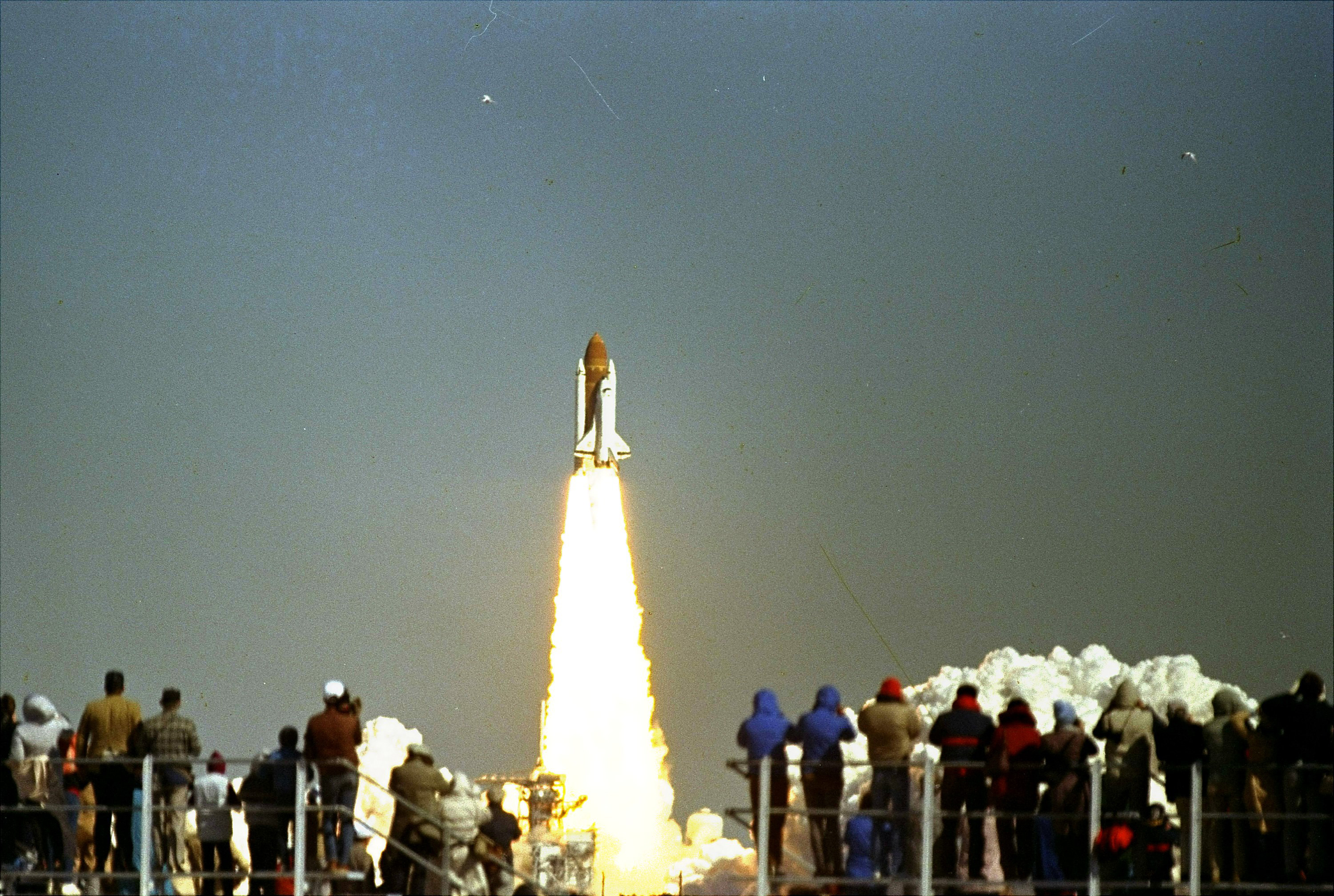
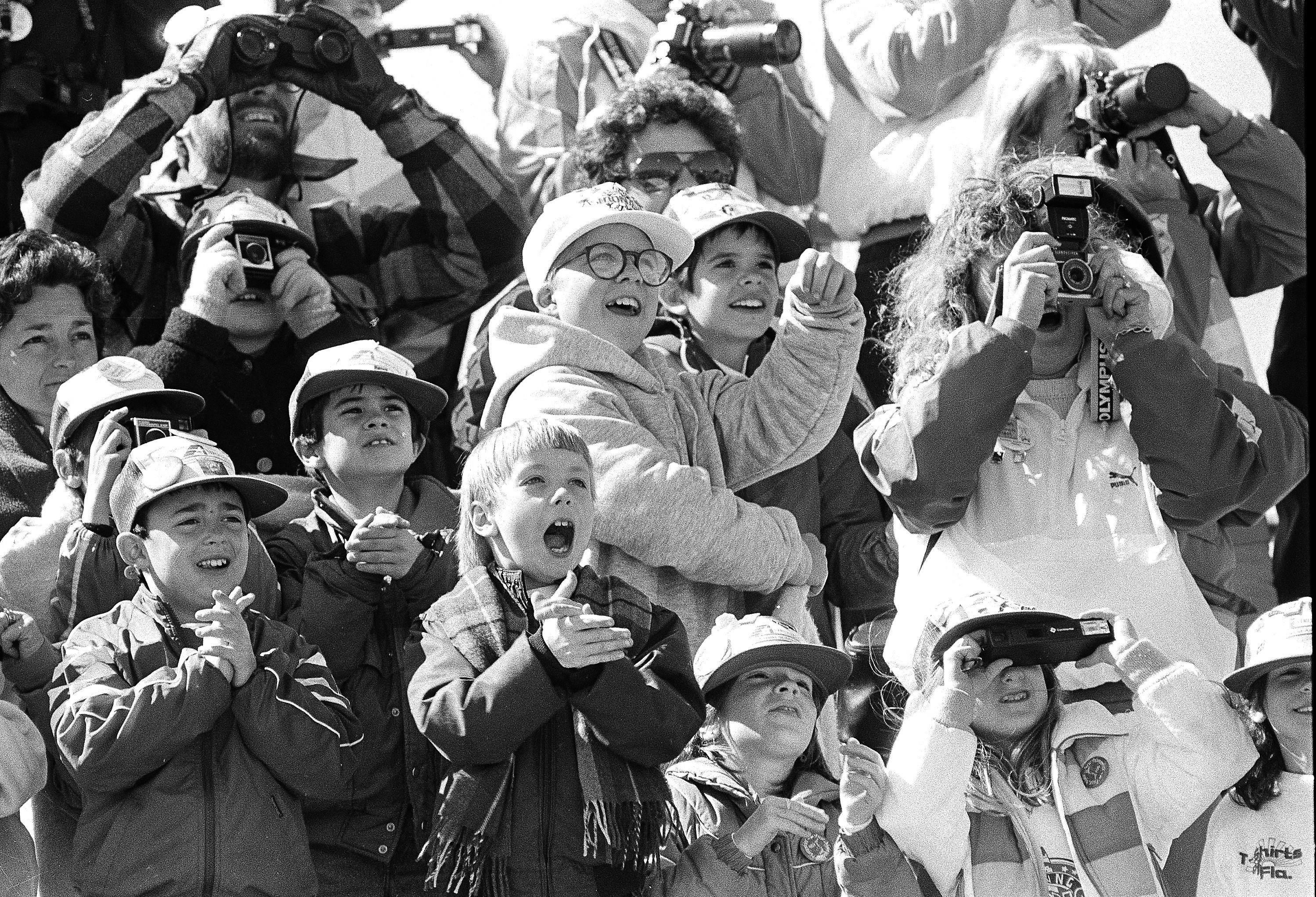
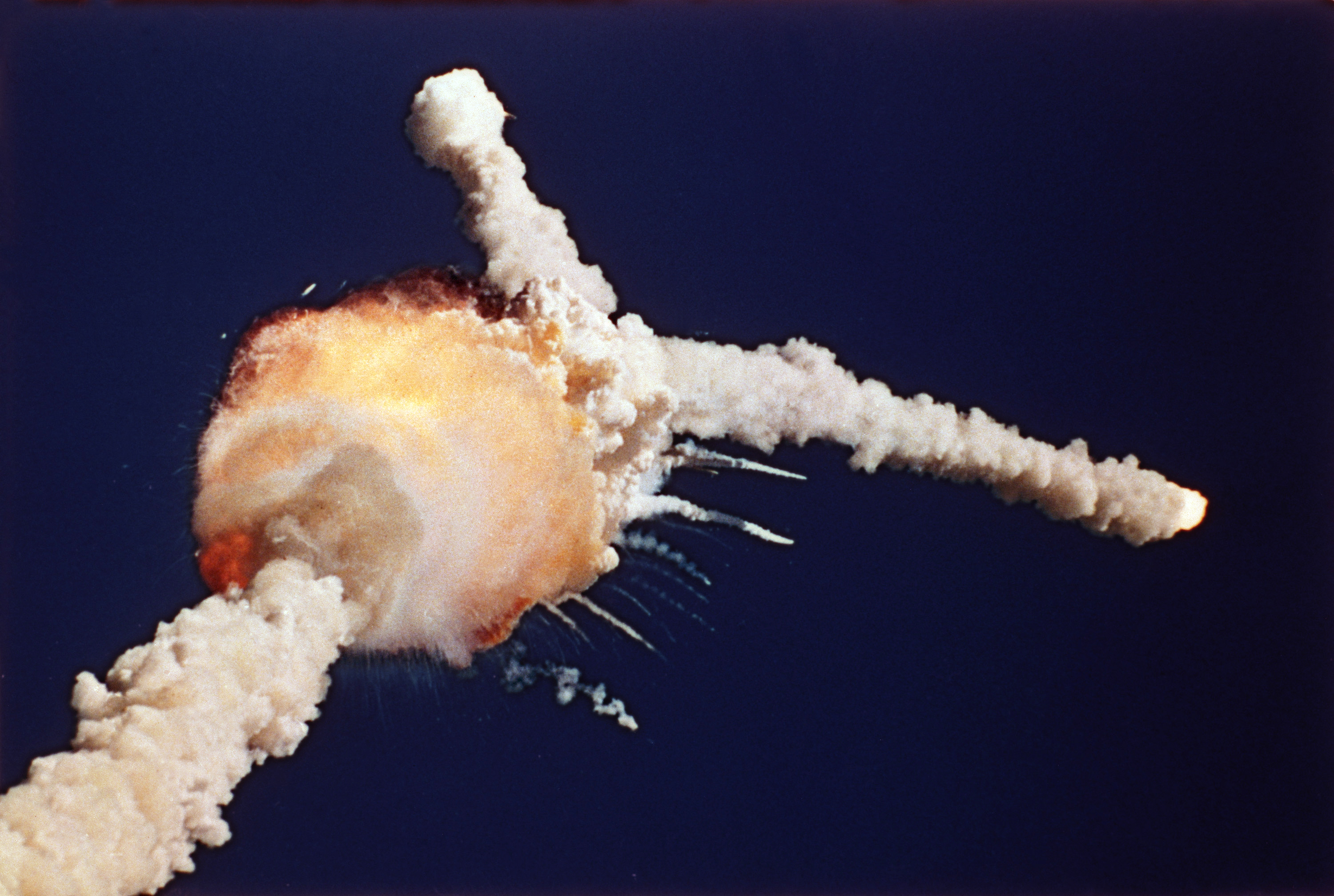
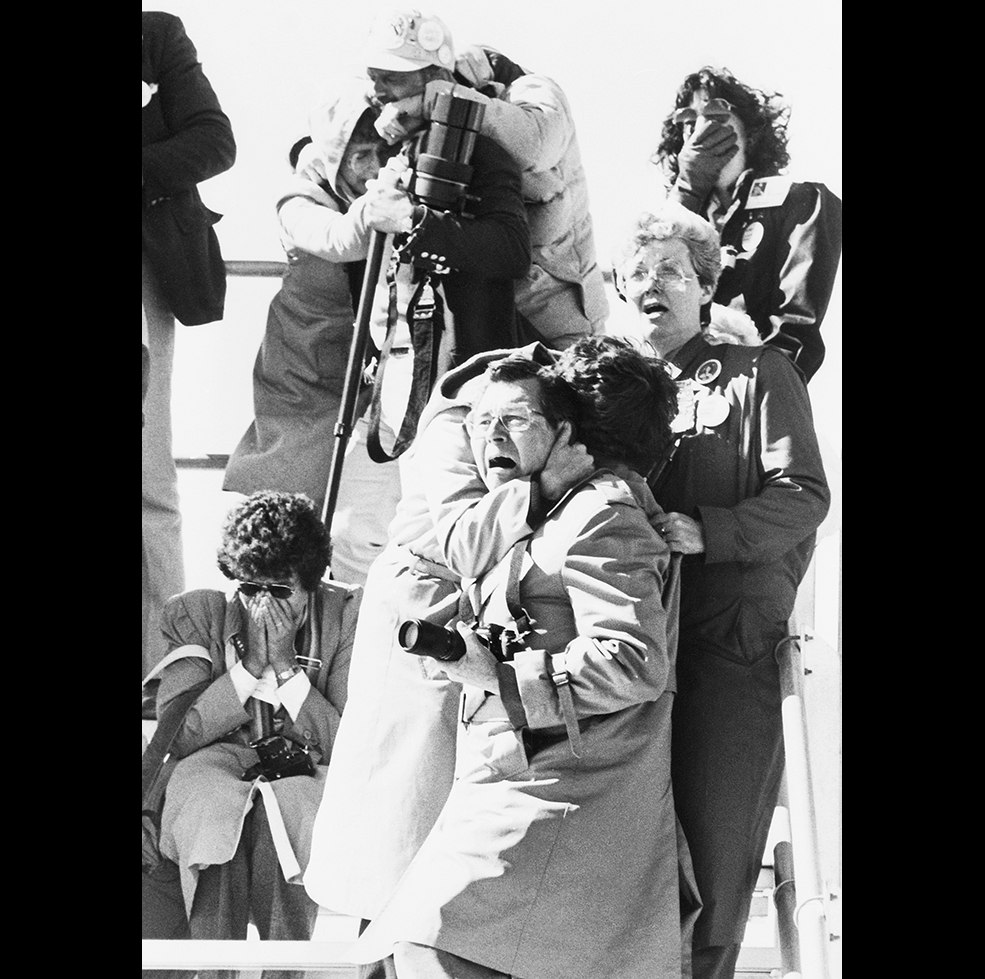
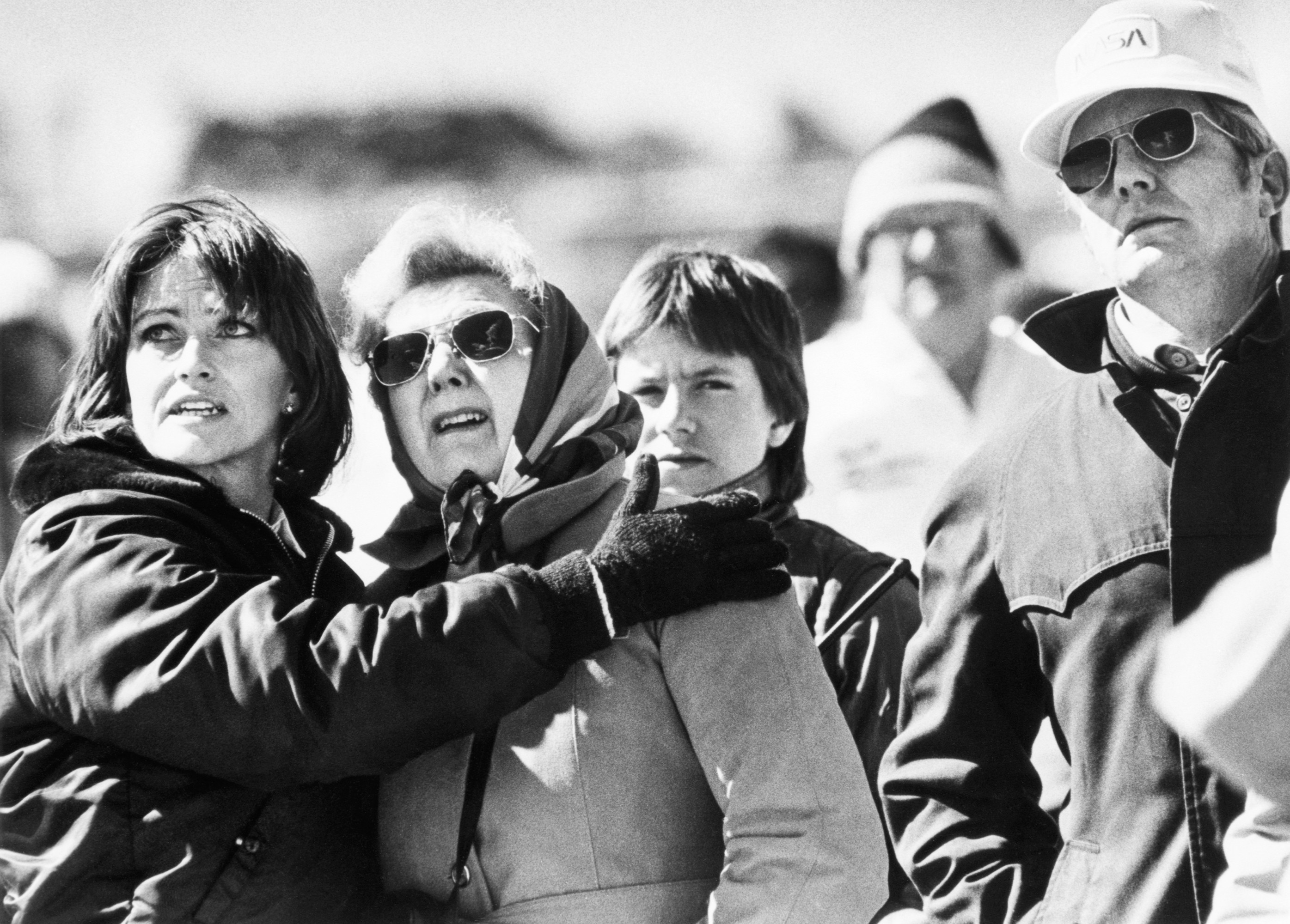
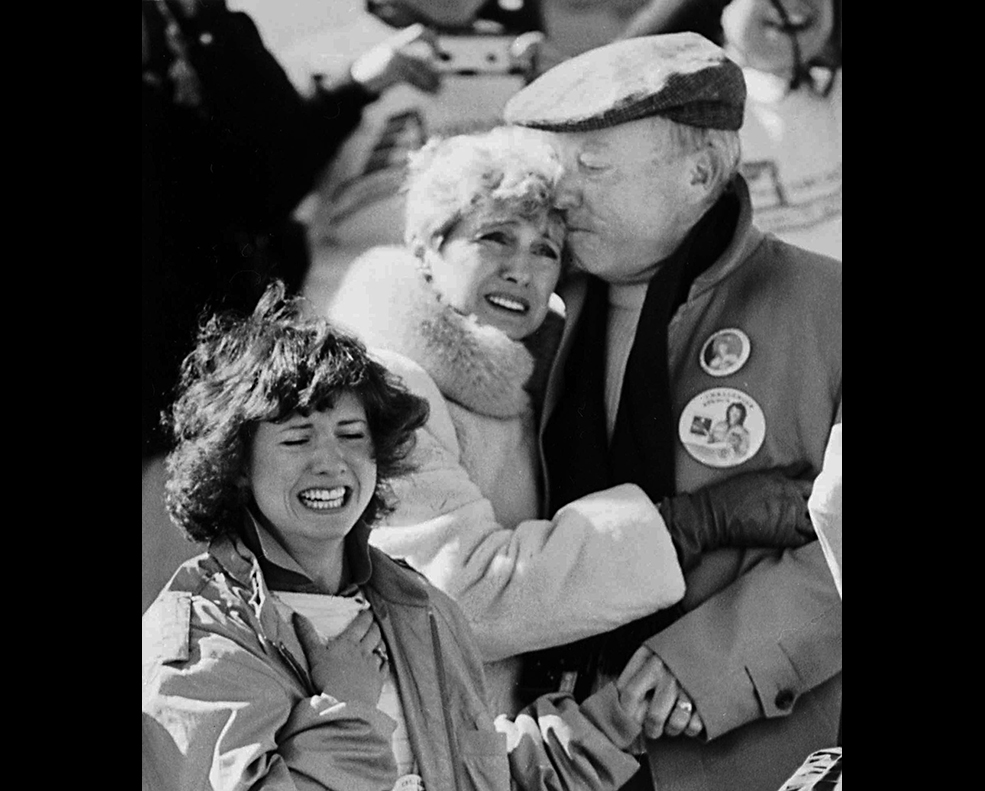
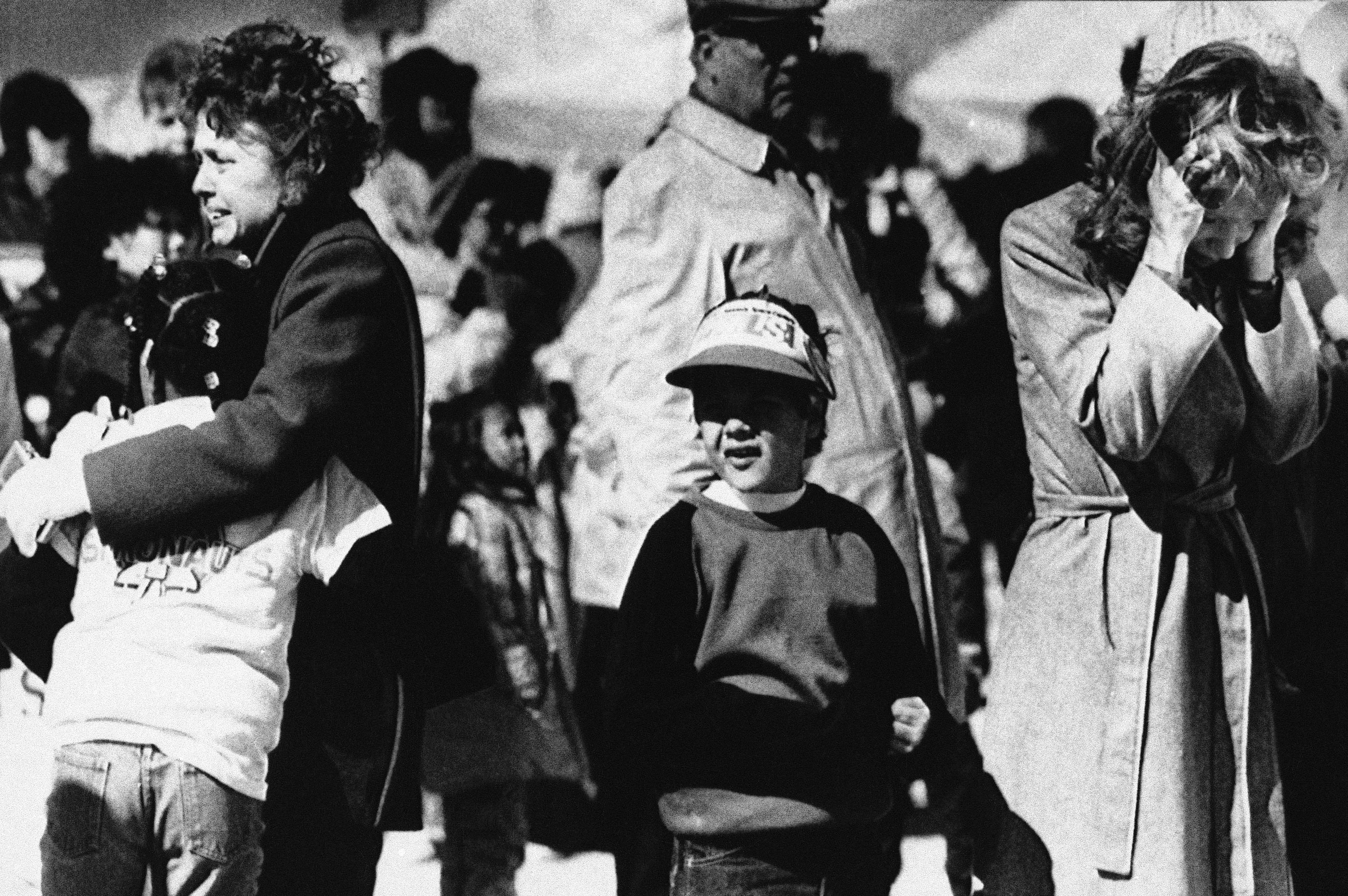

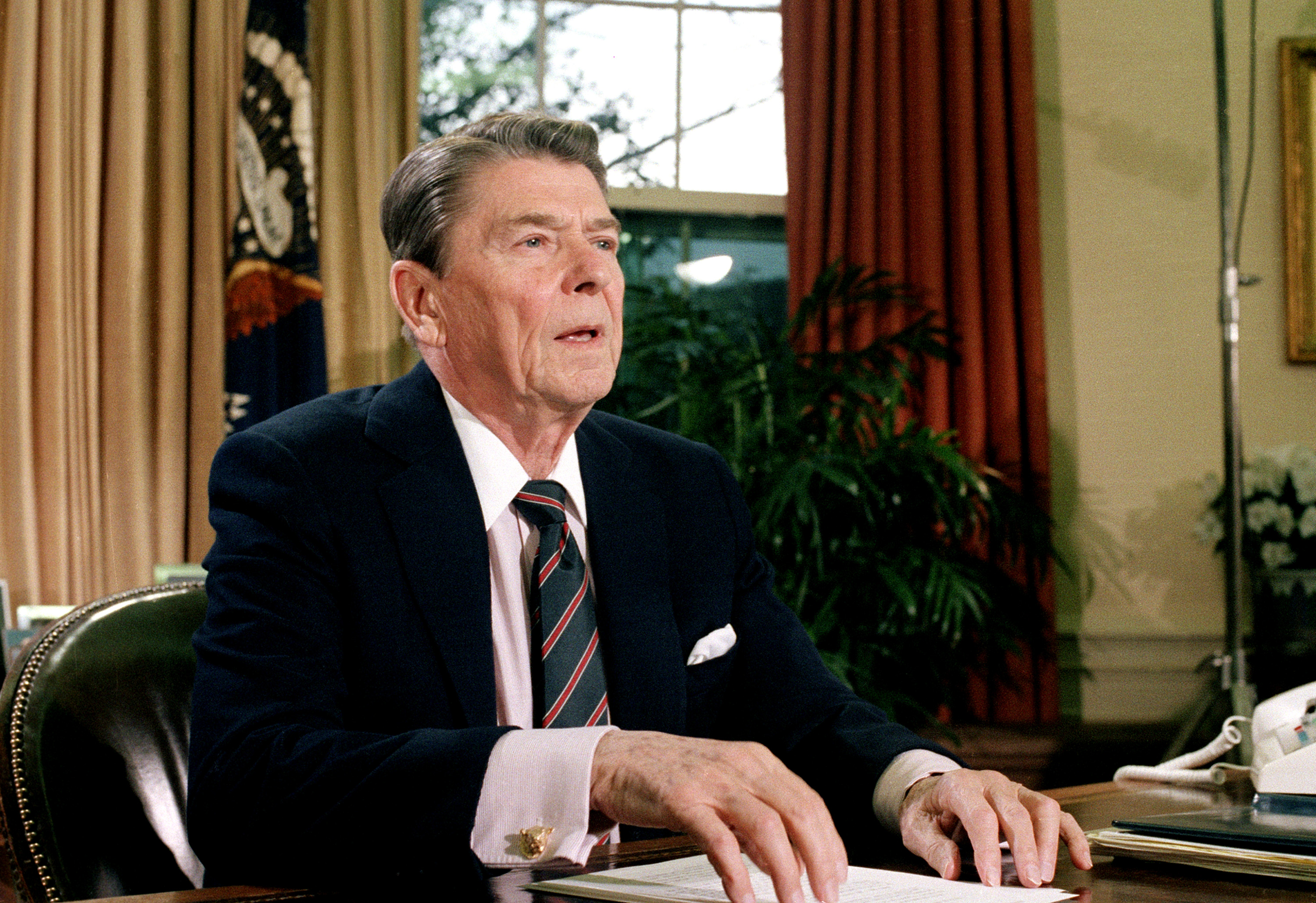
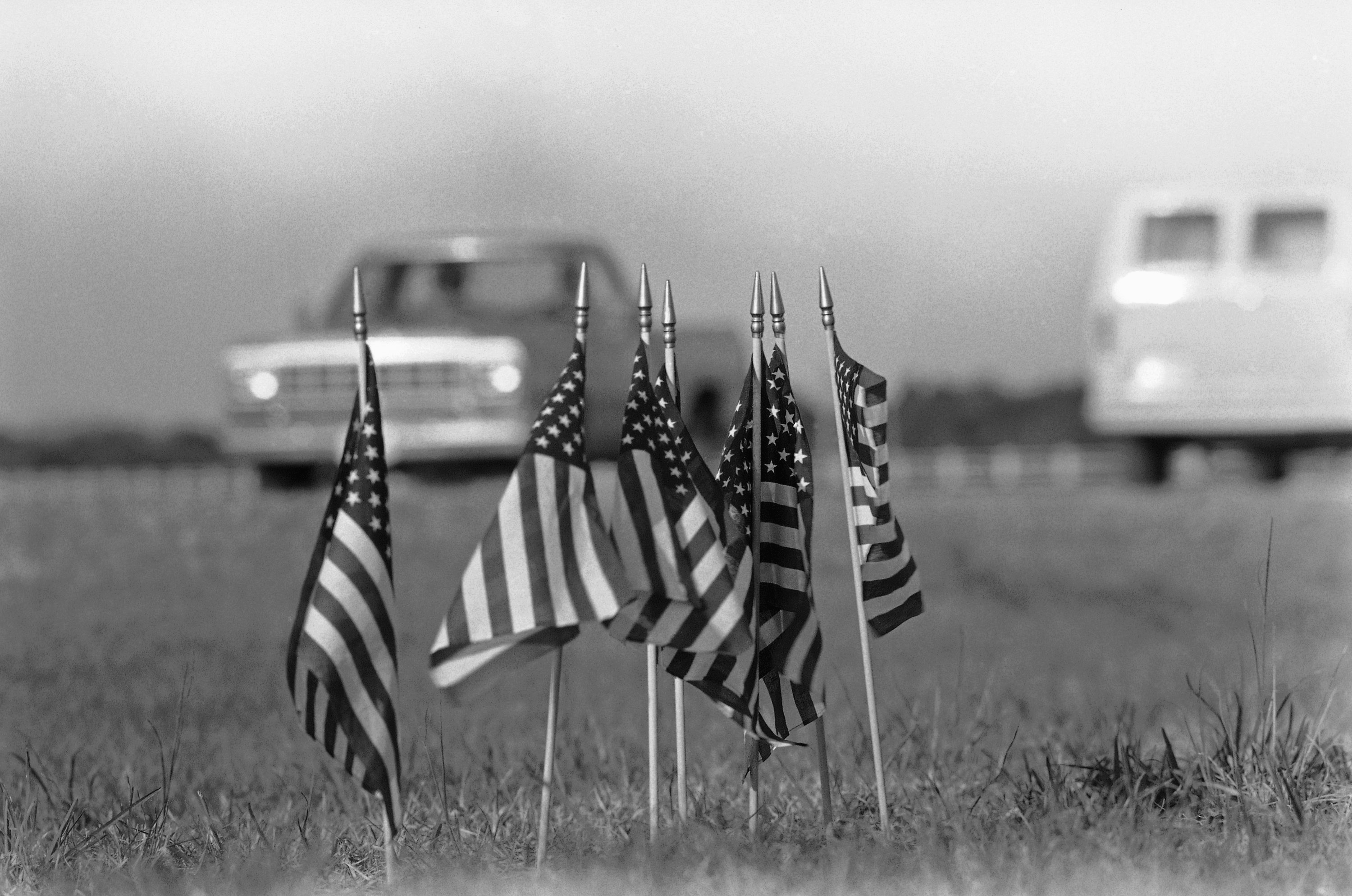
A free daily email with the biggest news stories of the day – and the best features from TheWeek.com
Lauren Hansen produces The Week’s podcasts and videos and edits the photo blog, Captured. She also manages the production of the magazine's iPad app. A graduate of Kenyon College and Northwestern University, she previously worked at the BBC and Frontline. She knows a thing or two about pretty pictures and cute puppies, both of which she tweets about @mylaurenhansen.
-
 What is Roomba’s legacy after bankruptcy?
What is Roomba’s legacy after bankruptcy?In the Spotlight Tariffs and cheaper rivals have displaced the innovative robot company
-
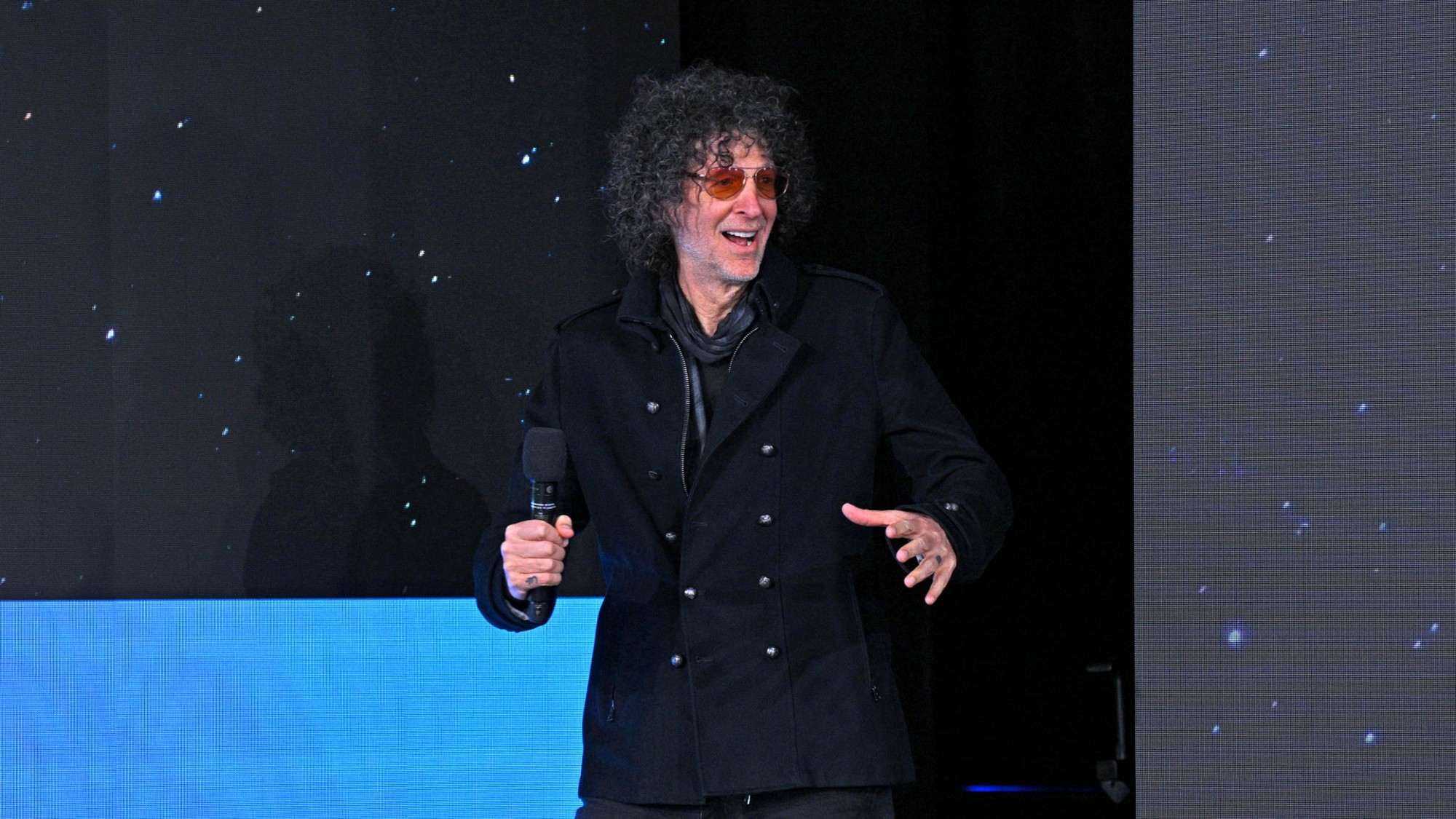 SiriusXM hopes a new Howard Stern deal can turn its fortunes around
SiriusXM hopes a new Howard Stern deal can turn its fortunes aroundThe Explainer The company has been steadily losing subscribers
-
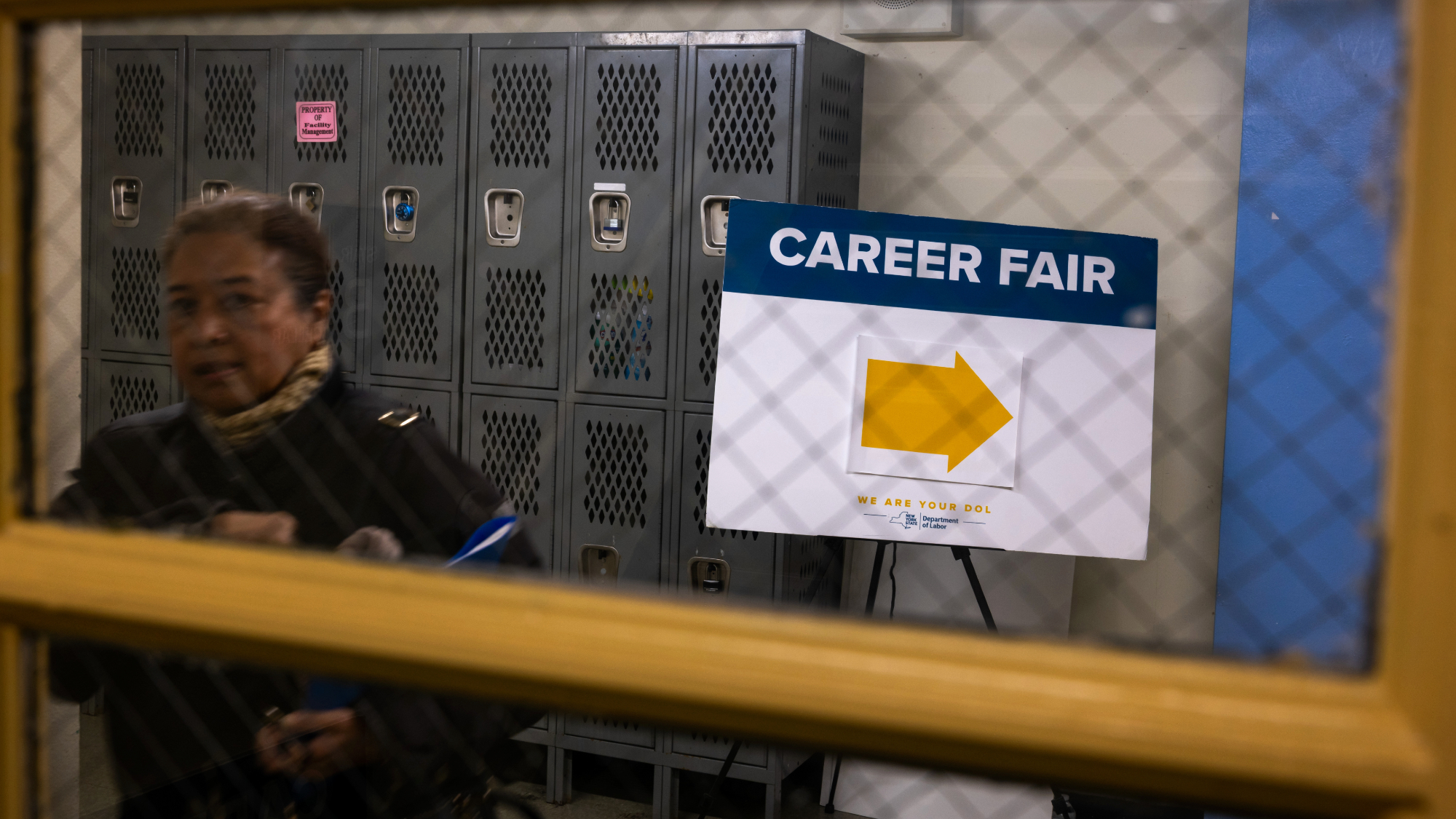 Unemployment rate ticks up amid fall job losses
Unemployment rate ticks up amid fall job lossesSpeed Read Data released by the Commerce Department indicates ‘one of the weakest American labor markets in years’
